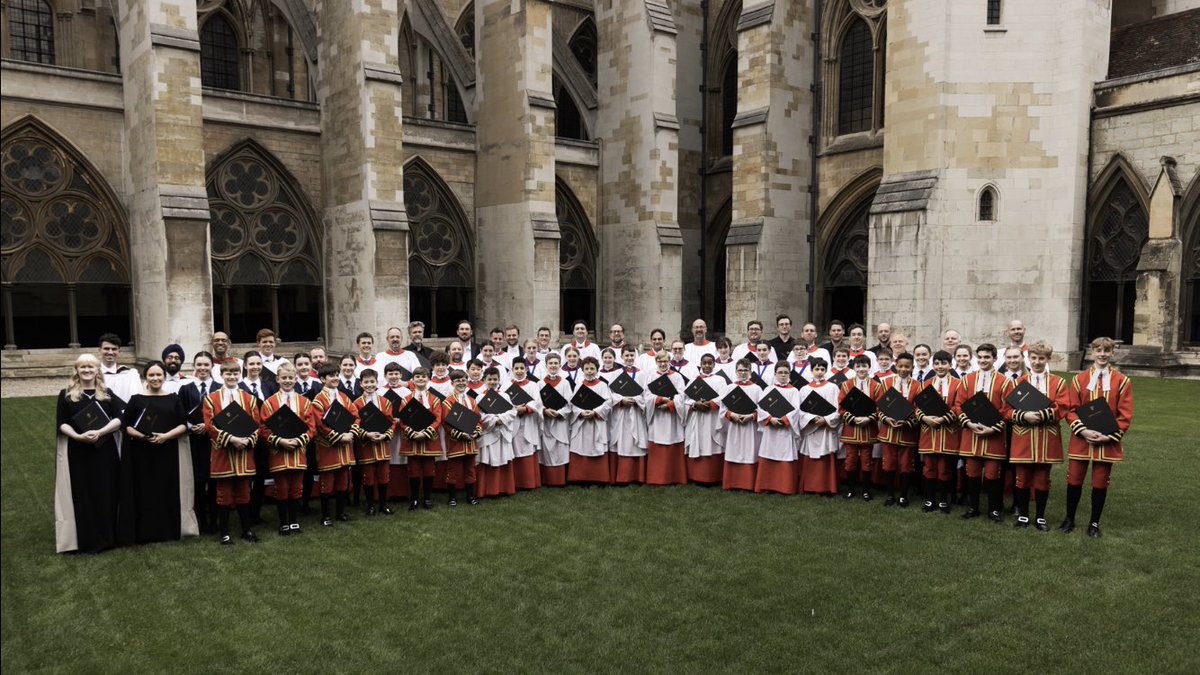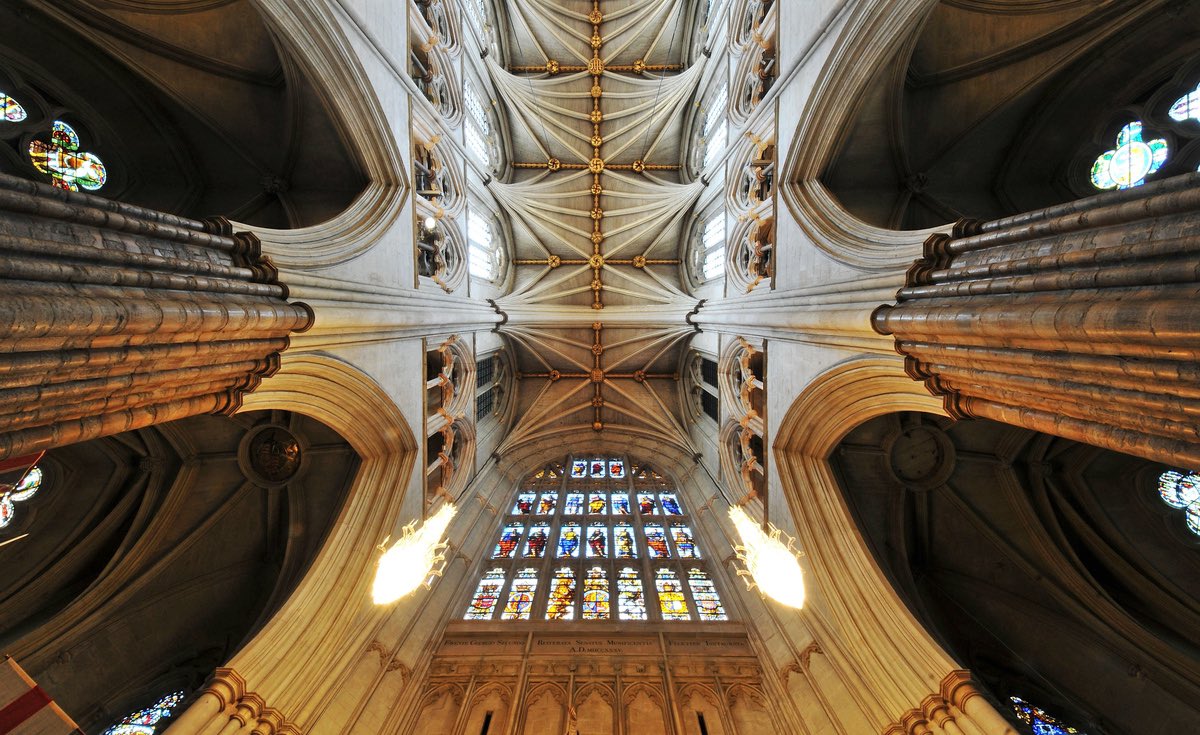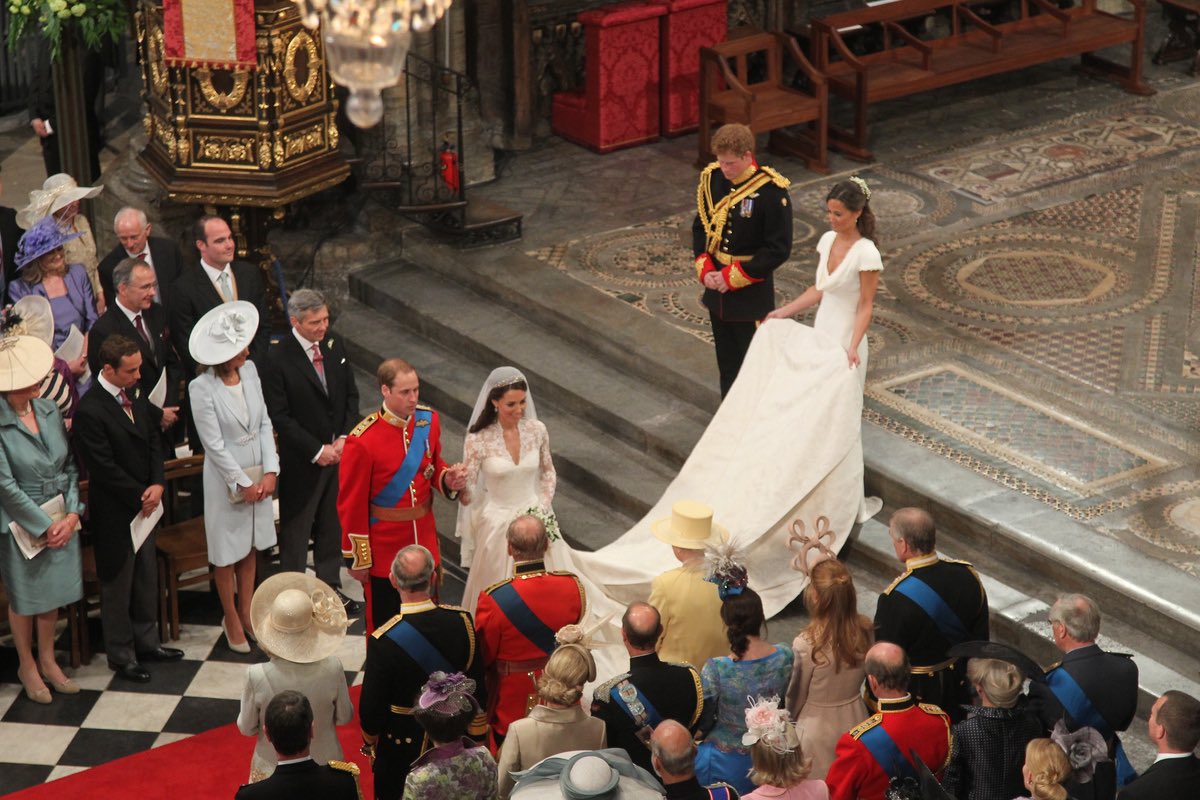Music will play a central role in the #Coronation of Their Majesties The King and Queen. Many of the choices have been selected for their special significance to The King, while others have a long association with Westminster Abbey. 

Andrew Nethsingha, the Abbey's Organist and Master of the Choristers, will direct the music at the service and has overseen all musical arrangements. 

The service will be sung by @WAbbeyChoir and The Choir of His Majesty’s Chapel Royal, St James’s Palace, together with girl choristers from the Chapel Choir of @MethodyBelfast, and from @TruroCathChoir. They will be joined by members of @mco_london. 

As Their Majesties enter the Abbey, the Choir will sing Parry's I was glad in Sir Charles Hubert Hastings Parry’s celebrated setting of words from Psalm 122 which have been sung at the entrance of the monarch at every coronation since that of Charles I in 1626. 

. As The King is anointed with holy oil during the most sacred part of the service, the Choir will sing Handel’s anthem, Zadok the Priest, a setting of words from 1 Kings 1 which was composed for the coronation of George II in 1727. It has been used at every coronation since. 

Another familiar choice will be William Walton's Te Deum, which will be sung after the Eucharist and which was composed for the coronation of The King's mother, HM Queen Elizabeth II, in 1953.
Photo: PA
Photo: PA

The congregation will sing the hymns Christ is made the sure foundation, and Praise my soul, the King of heaven, which was also sung at the wedding of The King's parents, the then Princess Elizabeth and Prince Philip, in the Abbey in 1947. 

Among six new commissions will be Paul Mealor’s Coronation Kyrie in the first Welsh language performance at a Coronation. Debbie Wiseman’s two-part Alleluia (O Clap your Hands) and Alleluia (O Sing Praises) will feature The Ascension Choir, the first gospel choir at a Coronation.
Andrew Lloyd Webber’s Coronation Anthem sets words from Psalm 98. Roxanna Panufnik has composed a Coronation Sanctus, and Tarik O’Regan has written a new setting of the
Agnus Dei. Christopher Robinson’s new fanfares will mark ceremonial moments in the service.
Agnus Dei. Christopher Robinson’s new fanfares will mark ceremonial moments in the service.
A programme of pre-service music will be performed by The Monteverdi Choir and English Baroque Soloists, conducted by Sir John Eliot Gardiner; and by the specially convened Coronation Orchestra, conducted by Sir Antonio Pappano.
The pre-service music will include mainly British music from the last 350 years alongside new commissions by Judith Weir, Sarah Class, Shirley Thompson, Nigel Hess, Roderick Williams, Ian Farrington and Patrick Doyle.
The service will come to a close with the singing of the National Anthem, after which The King’s Procession will leave the Abbey to Elgar’s Pomp and Circumstance March no. 4. 

You can find out more about the music for the Coronation Service at:
royal.uk/coronation-mus…
royal.uk/coronation-mus…
• • •
Missing some Tweet in this thread? You can try to
force a refresh

 Read on Twitter
Read on Twitter













